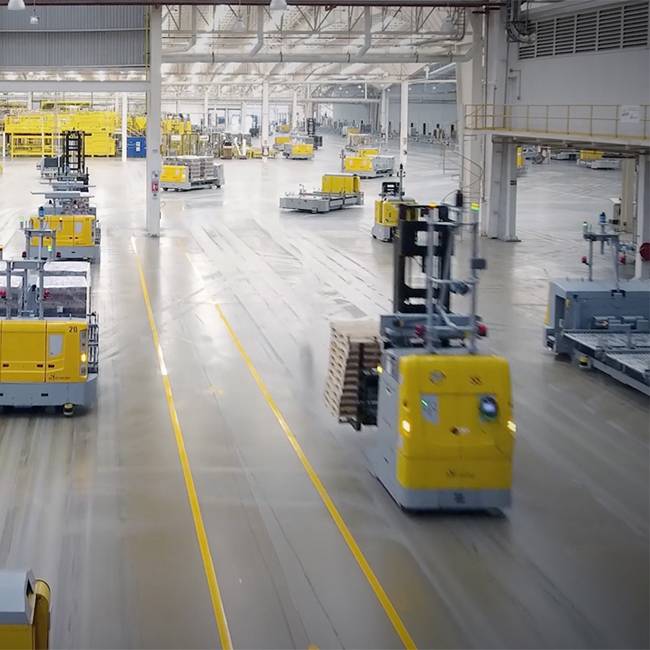

In Part One, we covered the main wheel variables. Now we’ll discuss the caster construction and placement.
The first variable to consider is the swivel offset – how far the wheel’s center is offset from the center of the caster swivel section. The longer the swivel offset, the larger the moment arm, and the easier it is for the caster to swivel around. The detriment to increasing the swivel offset is that it decreases the load capacity of the swivel section. Every caster design has a “sweet spot” for swivel offset. This sweet spot provides the lowest force to swivel the caster while maintaining the required load capacity.
The next caster variable is the swivel section construction. There are many different designs in the industry, and each has its benefits and drawbacks. Typically for ease of movement, avoid kingpin-style casters. This is due to the tolerances involved in manufacturing, and it is a less precision swivel section design. The industry’s next and most common swivel section is the kingpinless swivel section. This design has a single row of ball bearings and provides easier swiveling than the kingpin designs.
The drawback is these designs do require regular greasing to be effective. So performance will degrade over time without a regular maintenance schedule. The newest design in the industry (still, with over 15 years of in-field use) is the maintenance-free design utilizing a sealed ball bearing as the main load bearing. This design maintains performance over time, giving customers the same starting push forces five years later as they did on day one. Besides not needing maintenance, the raceways are machined to very tight tolerances. They also have higher grades of steel than typically found in kingpin or kingpinless casters. These two features enable this swivel section design to excel at lowering overall starting push forces.
The final variable for consideration is the placement of the casters on the cart or dolly. A typical industry setup is two swivel casters in the front of the cart and two rigid casters in the rear. This setup works well for most applications. The drawback is with the swivel casters on the same side of the cart. They can oppose each other while swiveling and spike the starting push force. You can reduce the impact of this by situating more of the load over the rigid casters. Sometimes this is easy to accomplish, and other times it creates an unstable cart design. A diamond pattern caster layout puts the rigid casters in the center directly underneath the load, reducing the force added by the swivel casters while swiveling.
In conclusion, there are many variables to investigate when you have a cart that does not meet your company’s maximum starting push force. Before you reduce your cart capacity or spend more money on additional carts, let’s have a conversation to see how we can help maximize productivity and minimize your capital expenses.